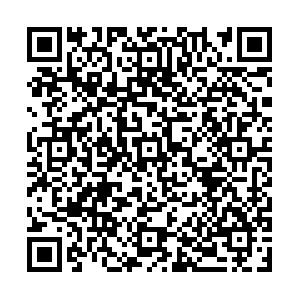苯并噻唑类污染物对青海弧菌Q67毒性效应
Toxicities of Benzothiazole and Benzothiazole Derivatives (BTs) to Vibrio qinghaiensis sp. -Q67
-
摘要: 以青海弧菌Q67为指示生物,结合96微孔板高通量检测技术,测定了10种环境中常见苯并噻唑类污染物对发光菌的毒性效应。结果表明,10种苯并噻唑化合物均对发光菌具有毒性效应,其EC50在1.17×10-6~5.43×10-3mol·L-1之间。对其进行毒性效应排序,发现巯基取代 > 氨基 > 2羟苯基 > 羧酸乙酯 > 溴 > 氟 > 甲基 > 氯 > 甲硫基 > 苯并噻唑。利用结构化学描述符和偏最小二乘法,构建了苯并噻唑类化合物对Q67发光菌毒性的定量构效关系模型(QSAR),结果发现,氢键供体数量(ND)和极性溶剂可及分子表面积(PSASA)对其毒性具有重要意义。本研究为苯并噻唑类污染物毒性效应评价及其环境风险评价提供了参考。Abstract: The acute toxicities of benzothiazole and benzothiazole derivatives (BTs)to Vibrio qinghaiensis sp. -Q67 were tested using 96-weU microplate high-throughout method. The results showed that the EC50s of BTs ranged from 1.17×10-6 to 5.43×10-3 mol·L-1. Among the substituent groups of BTs, mercapto > amino > 2-hydroxyphenyl > nonanoic acid-ethyl ester > bromo > fluorobenzene > methyl > chlororine > methylthio > benzothiazole. Molecular descriptors and partial least squares regression were used to establish quantitative structure-activity relationship (QSAR). The results showed that the number of hydrogen bond donor (No) and polar solvent-accessiable surface area (PSASA) were important for the toxicities. This study provided some assistance to the toxic assessment and environmental risk assessment of BTs.
-
Key words:
- benzothiazole /
- luminescent bacteria /
- acute toxicity /
- QSAR
-

 点击查看大图
点击查看大图
计量
- 文章访问数: 675
- HTML全文浏览数: 675
- PDF下载数: 31
- 施引文献: 0



 下载:
下载:
